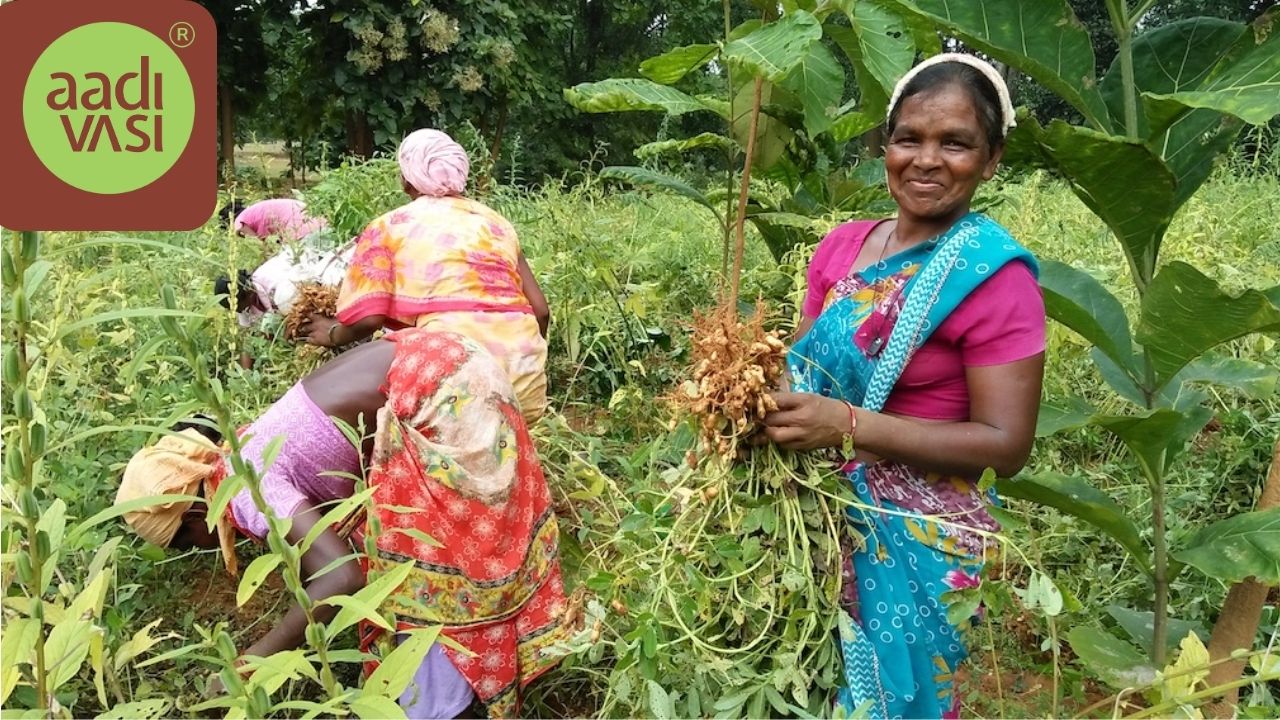A New Dawn: Forest Rights and Conservation Enriching Tribal Communities

A New Dawn: Forest Rights and Conservation Enriching Tribal Communities
In the heart of India's lush forests, a remarkable transformation is taking place as tribal citizens (Adivasis) are emerging as pioneers in sustainable forest management. Through the historic Forest Rights Act, these ancient guardians of the wilderness are finally receiving recognition for their centuries-old wisdom in forest conservation.
The success stories emerging from various forest-dwelling communities showcase how traditional knowledge and modern conservation practices can work in perfect harmony. Take the case of the Gond community in central India, where tribal citizens have established thriving forest-based micro-enterprises without compromising their ancestral lands' ecological balance. Their sustainable harvesting of non-timber forest produce has created a positive impact on commerce while preserving biodiversity.
What makes this approach particularly successful is its recognition of Adivasis not just as forest dwellers, but as skilled forest managers. Their intimate understanding of seasonal cycles, medicinal plants, and wildlife behavior has proven invaluable in conservation efforts. Community-led initiatives have shown that when tribal citizens have secure rights over their traditional lands, they invest in long-term conservation strategies that benefit both the environment and their livelihoods.
The ripple effects of these rights extend beyond environmental conservation. Many Adivasi communities have developed innovative market linkages for forest products, creating sustainable revenue streams that support education and healthcare in their villages. This economic empowerment has strengthened their ability to protect their forests from external threats while improving their quality of life.
Young tribal leaders are now combining traditional knowledge with modern technology to monitor forest health and wildlife movements. These efforts have led to the revival of several indigenous species of plants and animals, proving that community-based conservation can be more effective than conventional approaches.
The path forward looks promising as more states recognize the vital role of Adivasi communities in forest conservation. Government initiatives supporting tribal citizens' forest rights have shown that empowering communities leads to better forest protection and sustainable economic development.
This balanced approach to forest rights and conservation serves as a model for other regions globally. It demonstrates that when indigenous communities are trusted as primary stakeholders in forest management, both the environment and local economies thrive. The success of these initiatives offers hope for a future where forest conservation and community development go hand in hand, creating a legacy of sustainable stewardship for generations to come.

